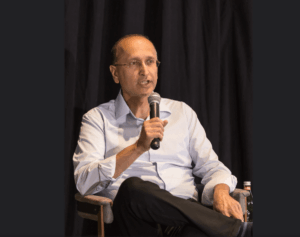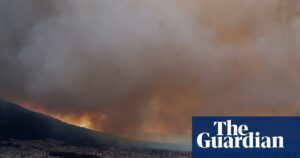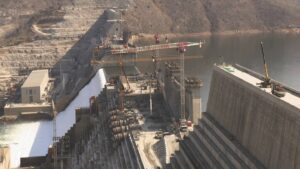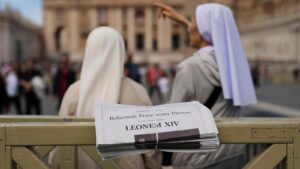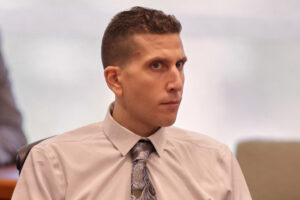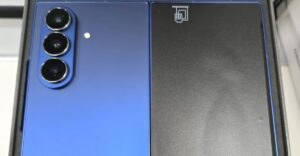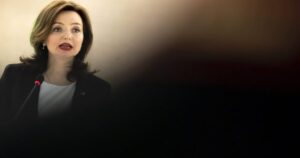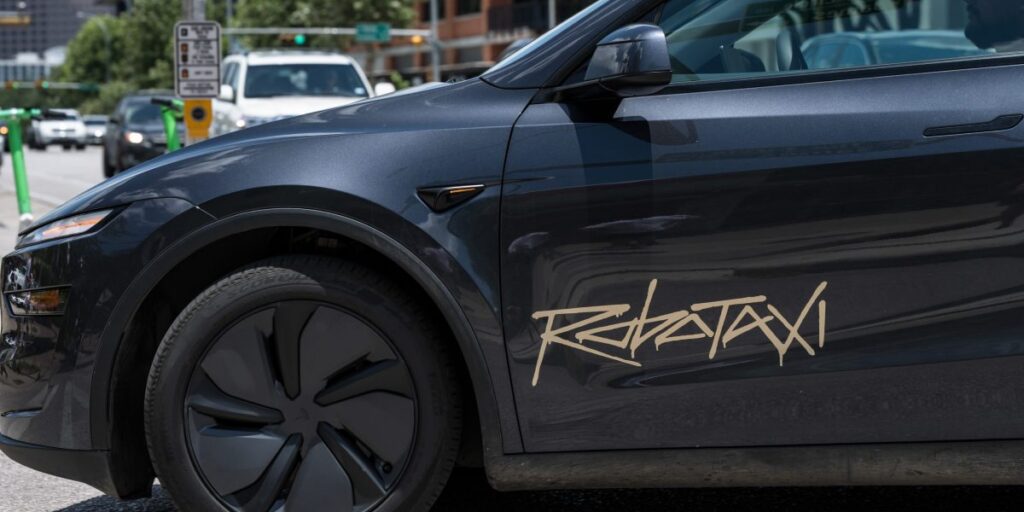
The National Highway Traffic Safety Administration (NHTSA) has contacted Tesla following the launch of its Robotaxi service on Sunday. The move comes after videos surfaced online showing the autonomous vehicles behaving erratically and potentially violating traffic laws in Austin, Texas.
The launch event, primarily attended by Tesla investors, analysts, and influencers, marked the public debut of Tesla’s “unsupervised” Robotaxi technology. This is an evolution from its existing Full Self-Driving (FSD) technology, which still requires supervision. However, the event has raised significant safety concerns.
Unveiling the Future of Transportation
Tesla’s Robotaxi launch is a significant milestone in the company’s long-standing ambition to revolutionize urban mobility. Last October, Tesla CEO Elon Musk introduced the Cybercab and Robovan at a high-profile event in Burbank, California. Sunday’s launch in Austin was the most substantial development since then, despite internal warnings about the profitability of these ventures.
Some analysts, like Wedbush’s Dan Ives, were impressed. “Going into it, we expected to be impressed but walking away from it, all there is to say is that this is the future,” Ives noted. However, the event also highlighted potential safety issues that cannot be overlooked.
Safety Concerns Emerge
Videos from the launch event revealed concerning behavior by the autonomous vehicles. In one instance, a vehicle hesitated at an intersection, entered a lane for oncoming traffic, and crossed a double solid yellow line. Such actions are clear violations of traffic laws.
Another video, posted by Ed Niedermeyer, author of “Ludicrous: The Unvarnished Story of Tesla Motors,” showed a Robotaxi braking hard after passing stationary police vehicles. Niedermeyer described the vehicle’s behavior as “downright unsafe.”
“The fact that it came nearly to a stop twice on public roads is downright unsafe,” wrote Niedermeyer.
These incidents prompted the NHTSA to reach out to Tesla to gather more information. The agency emphasized its commitment to enforcing the Vehicle Safety Act and ensuring manufacturers comply with safety standards.
NHTSA’s Role and Response
The NHTSA clarified that it does not pre-approve new technologies but ensures vehicles meet safety standards. The agency is currently assessing the reports and will take necessary actions if safety defects are identified. Meanwhile, it continues to investigate crashes involving Tesla’s supervised Full Self-Driving technology.
Tesla has not publicly responded to the incidents, although it reportedly answered NHTSA’s pre-launch inquiries. The company requested confidentiality for its responses, according to Electrek, a sustainable energy outlet.
Industry Implications and Future Regulations
Jason Turchin, a product liability lawyer, noted that the NHTSA’s inquiry does not equate to a formal investigation but serves as a warning. “What it sounds like is that they’re in the phase right now, of like, ‘we’re watching you. We’re aware of this potential, and we need reassurance that this is not the case,’” he explained.
Turchin hopes the incidents will prompt the NHTSA and federal government to establish regulations for self-driving vehicles. The need for standardized practices is echoed by Craig Melrose, a former Toyota engineer and current global managing partner at HTEC. He views the NHTSA’s involvement as potentially positive, suggesting it could lead to proactive safety reviews.
“Regulatory agencies like NHTSA exist to ensure standardization and the adoption of best practices across the industry, so their involvement can be a positive signal, especially if this is simply a proactive review,” Melrose stated.
The scrutiny surrounding Tesla’s Robotaxi launch underscores the challenges of integrating autonomous vehicles into public roadways. As the industry evolves, the balance between innovation and safety remains a critical focus for regulators and manufacturers alike.

